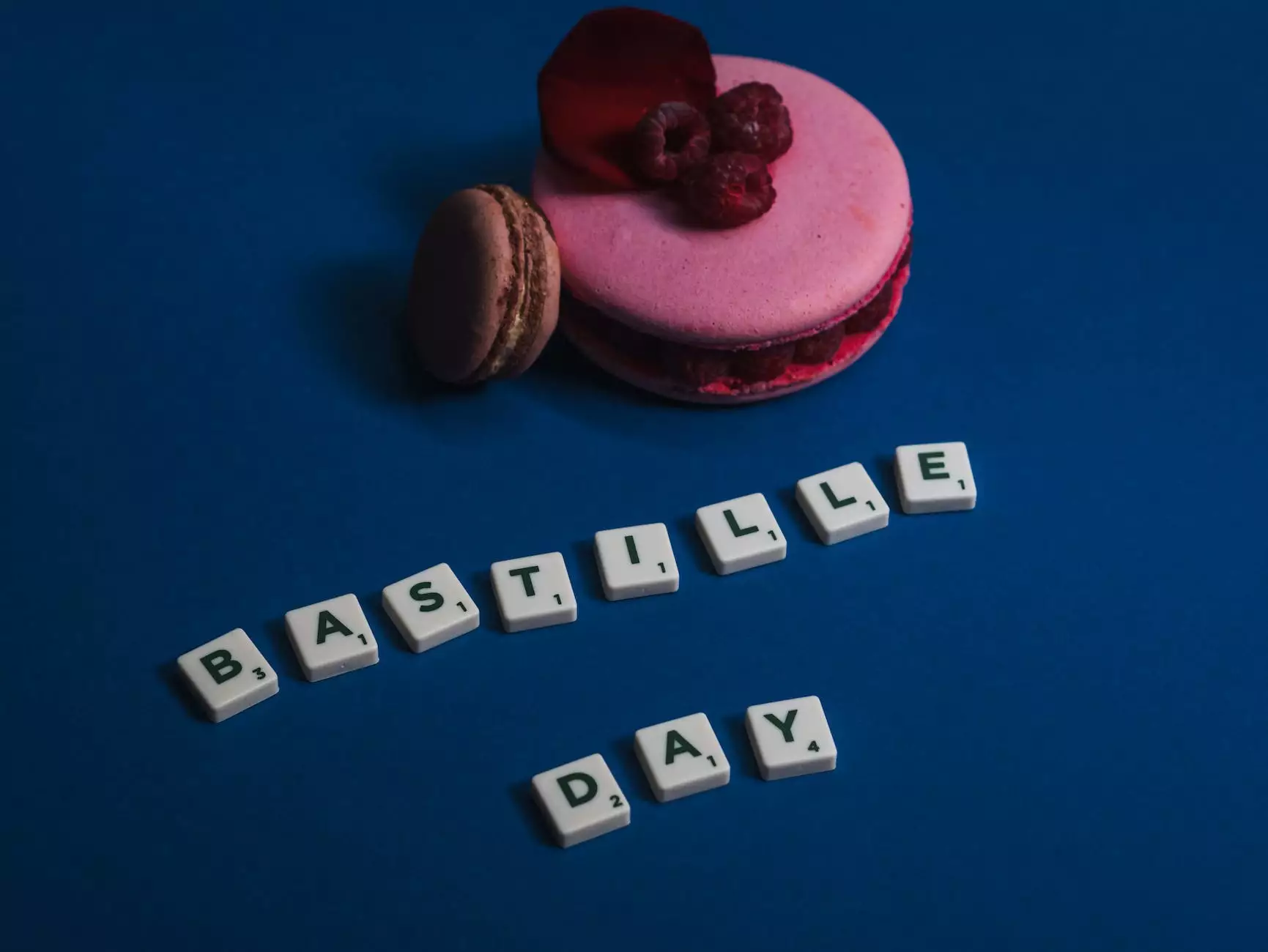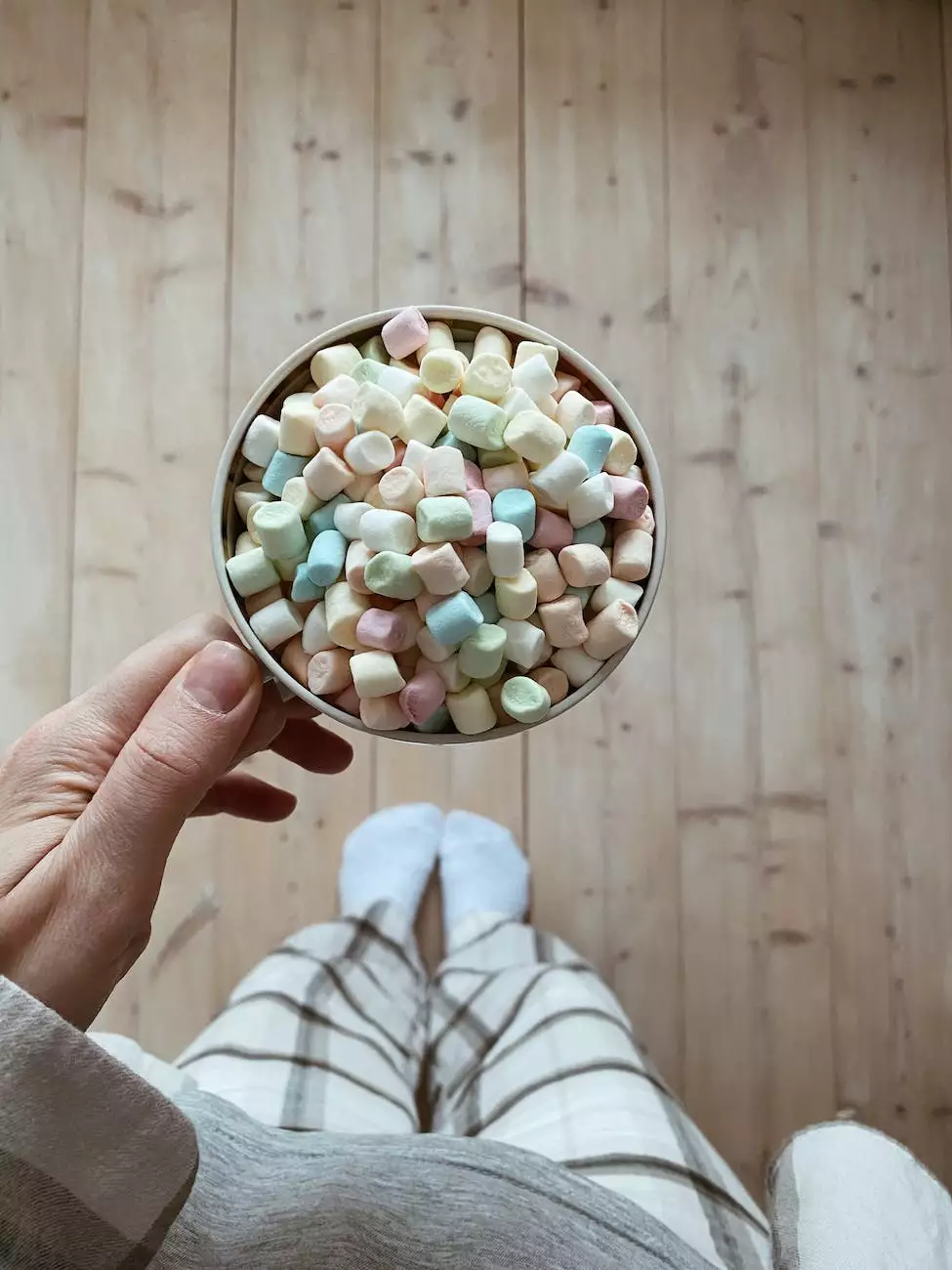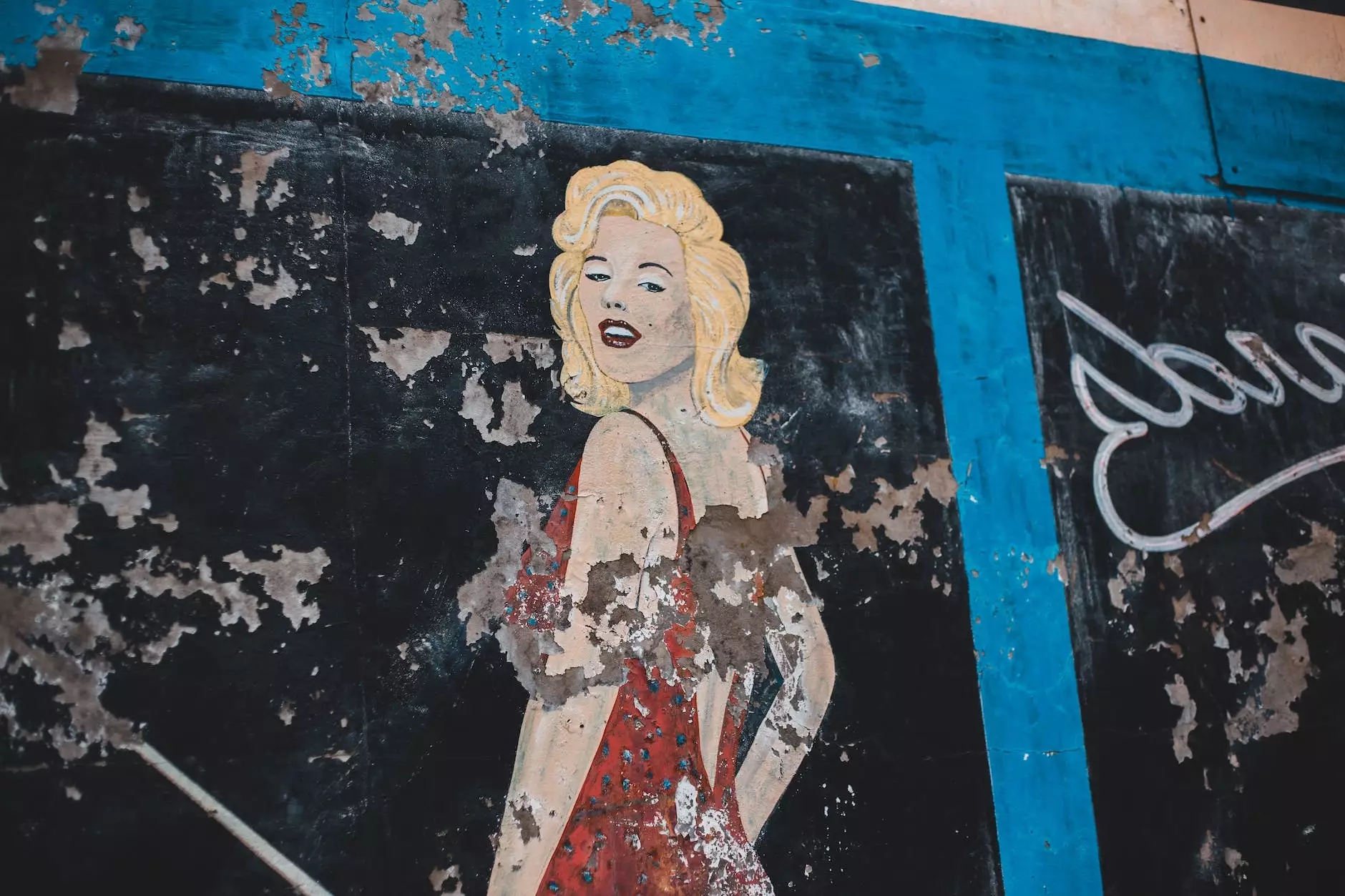How the French toast — French Language & Culture Tips
Blog
The Origins of French Toast
The history of French toast goes back centuries, revealing interesting insights into culinary practices and cultural influences. While it's commonly associated with French cuisine, its origins can be traced even further back in time.
Legend has it that French toast, known as "pain perdu" or "lost bread" in France, was created as a way to utilize stale bread. In the medieval era, wasting food was frowned upon, so ingenious cooks discovered a method to rejuvenate old bread.
The Traditional French Toast Recipe
To make traditional French toast, you'll need a few basic ingredients:
- Slices of bread, preferably a day-old baguette or brioche
- Eggs
- Milk
- Vanilla extract
- Cinnamon
- Butter or oil for frying
- Optional: powdered sugar, maple syrup, or fruit for topping
First, whisk together the eggs, milk, vanilla extract, and cinnamon in a bowl. Dip each slice of bread into the mixture, allowing it to soak up the flavor. Heat butter or oil in a pan over medium heat and cook the soaked bread until golden brown on both sides. Serve with your favorite toppings and enjoy!
Variations of French Toast
French toast has evolved over time, resulting in a multitude of mouthwatering variations. Here are a few popular ones:
1. Stuffed French Toast
Stuffed French toast takes indulgence to the next level. It involves adding a delightful filling between two slices of bread, such as cream cheese, Nutella, or fresh berries. The possibilities are endless, allowing you to get creative with your flavor combinations.
2. Baked French Toast Casserole
If you're hosting a brunch or feeding a crowd, a baked French toast casserole is a fantastic option. It can be prepared in advance, making it convenient and time-saving. This version often includes additional ingredients like custard, cinnamon, and a crunchy streusel topping.
3. Savory French Toast
Who says French toast has to be sweet? Savory French toast is a delightful twist on the classic recipe. Instead of using sugar and cinnamon, savory variations may include ingredients such as cheese, herbs, bacon, or even sliced ham. Give it a try for a savory breakfast or brunch experience!
How French Toast is Enjoyed Around the World
French toast isn't limited to France alone. It has become a beloved breakfast dish in numerous countries, each with its own unique twist.
1. "Eggy Bread" in the United Kingdom
In the United Kingdom, French toast is commonly known as "eggy bread." Sliced bread is soaked in a mixture of beaten eggs and milk, then fried until golden brown. It's often served with ketchup or syrup, and sometimes accompanied by bacon or sausages.
2. "Arme Ritter" in Germany
In Germany, French toast is referred to as "Arme Ritter" or "poor knights." The bread is soaked in a mixture of milk, eggs, sugar, and sometimes flavored with cinnamon. It's then fried and typically served with a sprinkle of powdered sugar, fruit compote, or jam.
3. "Rabanada" in Brazil
Brazil puts its own twist on French toast with "rabanada." Similar to the traditional recipe, Rabanada is made using day-old bread soaked in a mixture of milk, eggs, and sugar. After frying, it's often dusted with cinnamon sugar and served with a drizzle of sweetened condensed milk.
Expand Your French Language & Cultural Knowledge with NJCLT
At NJCLT, we provide a comprehensive platform for learning French language and culture. Through our engaging courses and insightful articles, we aim to enhance your understanding and appreciation of the French-speaking world.
Whether you're interested in mastering the French language, delving into French literature, or discovering the rich cultural heritage associated with French-speaking countries, NJCLT is here to guide you every step of the way.
Conclusion
French toast is more than just a delicious breakfast dish; it's a fascinating link to history and culture. From its humble origins in France to its worldwide popularity, French toast has captivated taste buds and brought people together for centuries.
With this comprehensive guide on the history, variations, and cultural significance of French toast, you're now equipped with a wealth of knowledge to impress your friends at brunch and expand your understanding of French language and culture.










